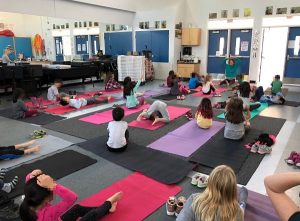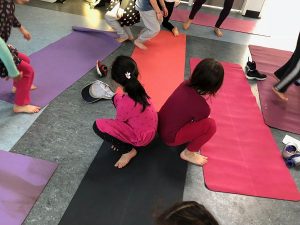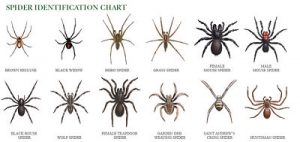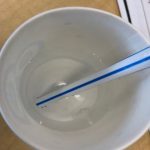 What a wonderful experience students had during our visit to SFU’s Biological Sciences Department! The team started with a presentation about the differences between spiders and insects. Then we divided into groups to learn more about the critters at each station: cockroaches, grasshoppers, mosquitoes, ants, spiders, bed bugs, moths, and beetles. They even had an arts and crafts station set up which many enjoyed!
What a wonderful experience students had during our visit to SFU’s Biological Sciences Department! The team started with a presentation about the differences between spiders and insects. Then we divided into groups to learn more about the critters at each station: cockroaches, grasshoppers, mosquitoes, ants, spiders, bed bugs, moths, and beetles. They even had an arts and crafts station set up which many enjoyed!
[metaslider id=2918]
As scientists, students are expected to be able to demonstrate curiosity and a sense of wonder, make observations, ask questions, and communicate observations and ideas. While everyone was fascinated by the different insects and spiders that the SFU team prepared for us, Ms. Cowan and I were most impressed by the kinds of deep and inquisitive questions asked and keen observations made. It was also inspiring to see these grad students, as experts, so enthusiastic and passionate about sharing their knowledge about particular insects or spiders they were researching. We were expecting to stay for an hour but because they were all so engaged in the hands-on learning, we ended up staying for an extra half hour! We are so very grateful to the Biological Sciences team who provided this great learning opportunity for our students. Thank you for your generosity of time and for setting up so many stations for us to learn from!

 In the afternoon, Kira’s mom, Bryony, so graciously offered to teach us yoga. Not only did we have the pleasure to exercise our bodies, Bryony planned an amazing experience that started with exploring and singing the Eensy Beensy Spider in different ways as we warmed up our bodies. Then, she took us on a storytelling journey about the adventures of a spider as we became the spider, the mountain, and the tree, to name a few poses among many we practiced. We even tried collaborative yoga with a partner to become a spider with 8 legs! Finally, we ended with a fun game to test our spider senses. So very thankful to Bryony for her time to prepare and teach such an engaging lesson of yoga! Our bodies and minds were blessed!
In the afternoon, Kira’s mom, Bryony, so graciously offered to teach us yoga. Not only did we have the pleasure to exercise our bodies, Bryony planned an amazing experience that started with exploring and singing the Eensy Beensy Spider in different ways as we warmed up our bodies. Then, she took us on a storytelling journey about the adventures of a spider as we became the spider, the mountain, and the tree, to name a few poses among many we practiced. We even tried collaborative yoga with a partner to become a spider with 8 legs! Finally, we ended with a fun game to test our spider senses. So very thankful to Bryony for her time to prepare and teach such an engaging lesson of yoga! Our bodies and minds were blessed!
All students have worked hard on finishing their own Spider Facts Booklet. We are currently working on a class book about what we found as the most interesting thing we learned about spiders. [We are using an iPad app called Book Creator.]
Students were also offered the opportunity to extend their learning by researching a specific spider of choice. We are looking forward to sharing more of our learning about spiders with you soon!





